LORE
Be sure to visit the fan-moderated TVTropes and Wiki for more info!
Sophodra's Pack
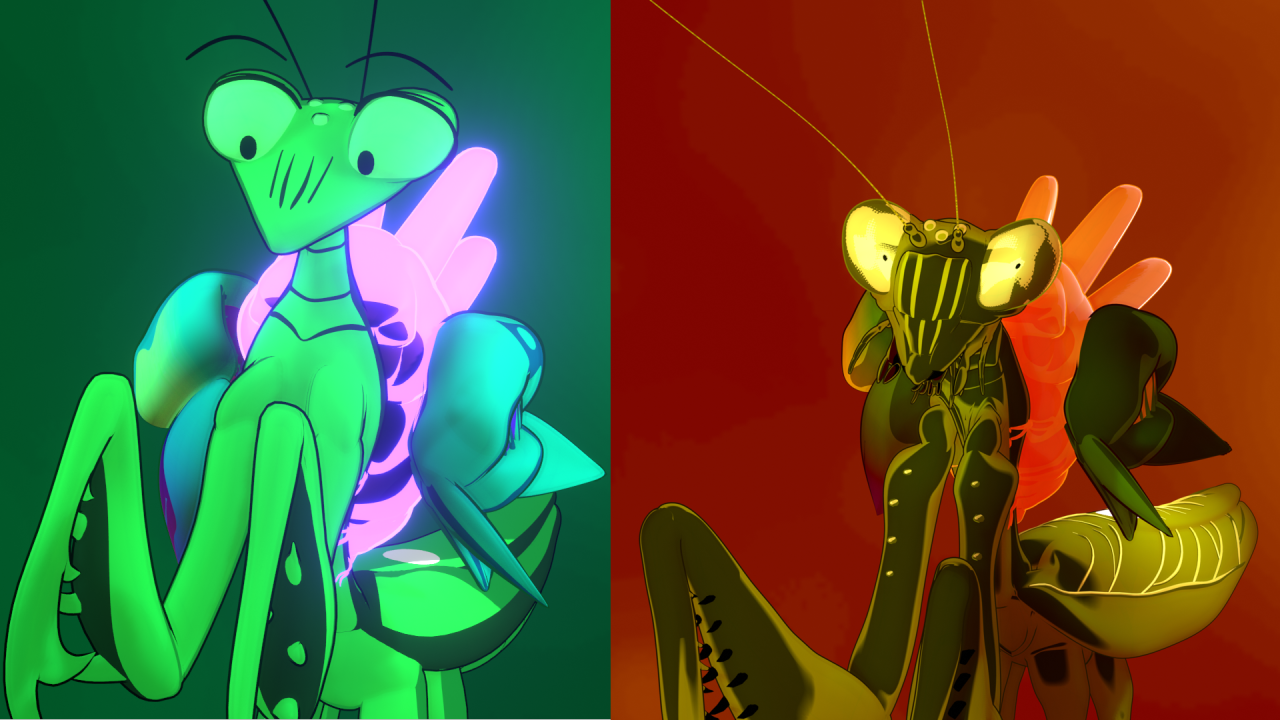
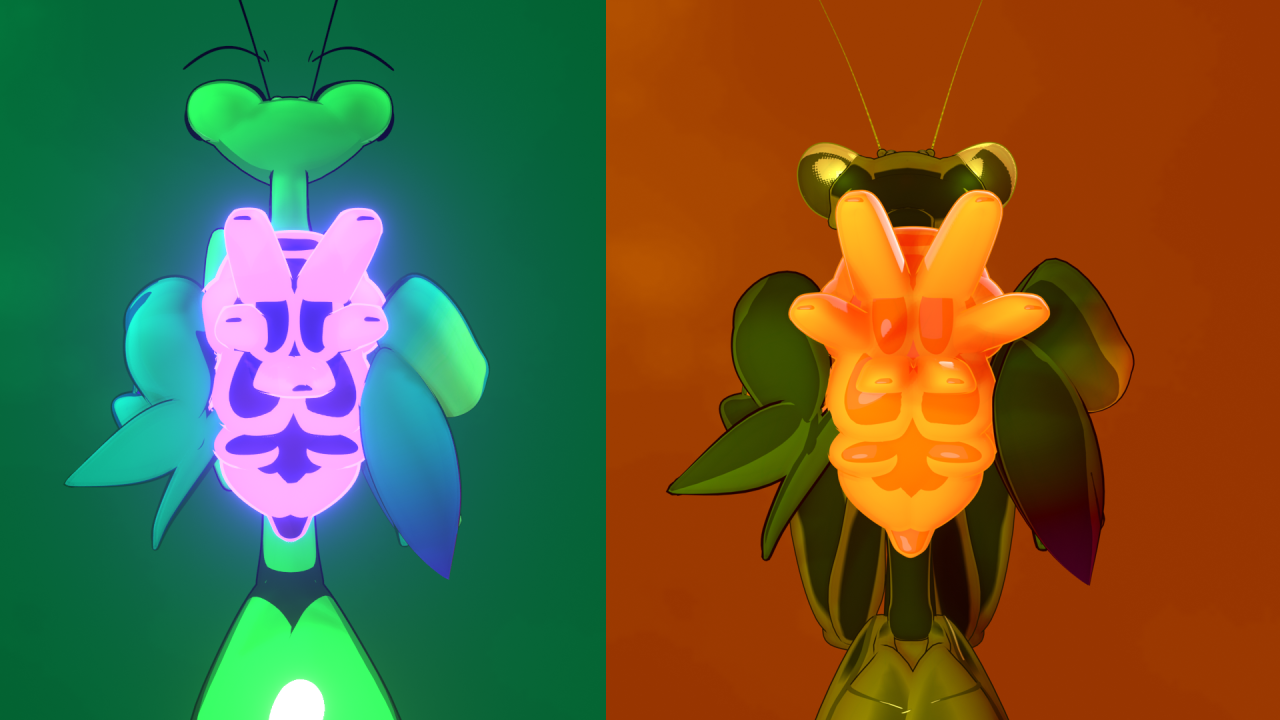
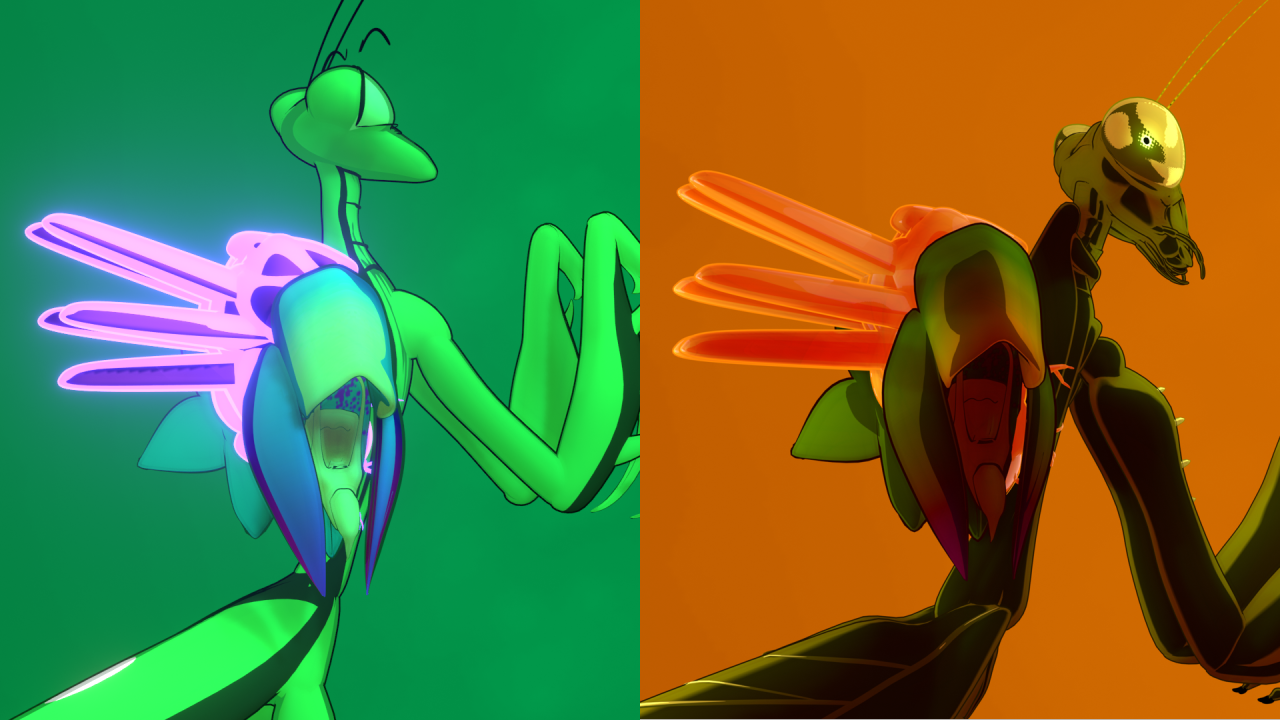
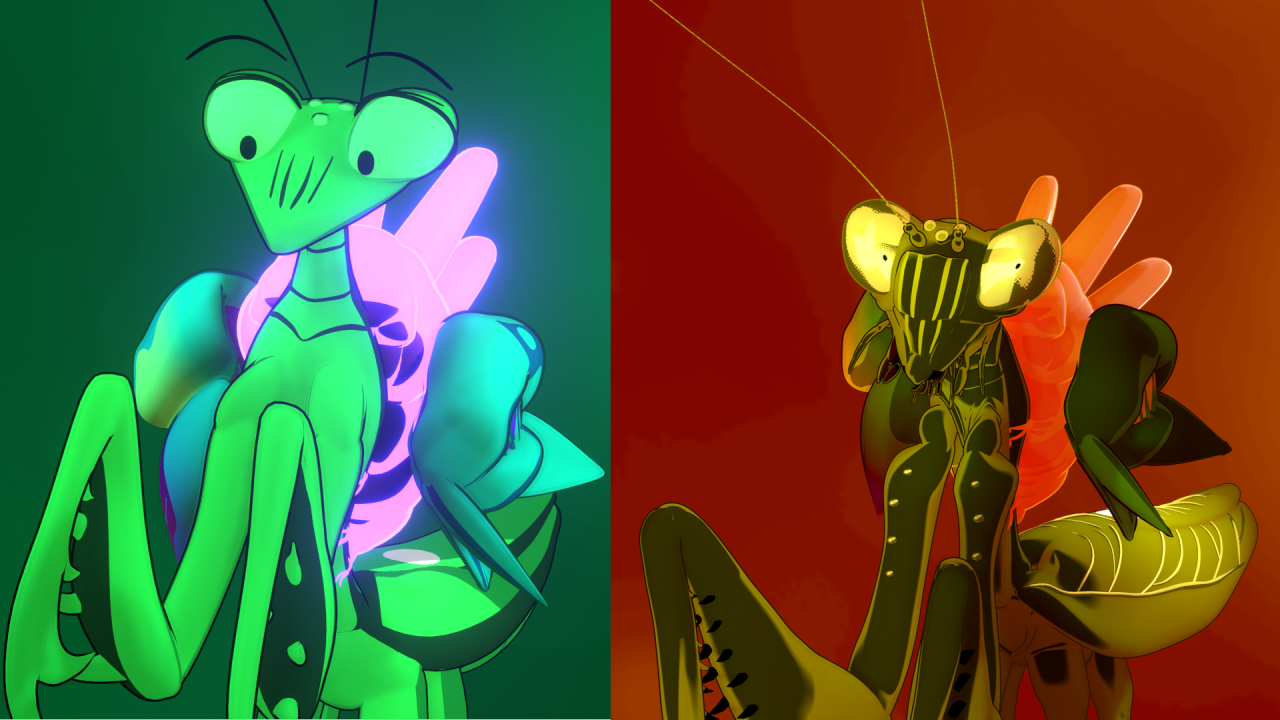
Trivia time! Can you name the actual organism (not including the flowers) that Sophodra's backpack is based on?
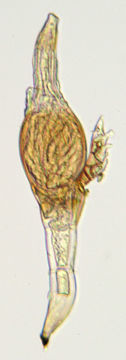
Malcolm Storey CC BY-NC-SA 3.0
It's a laboul!
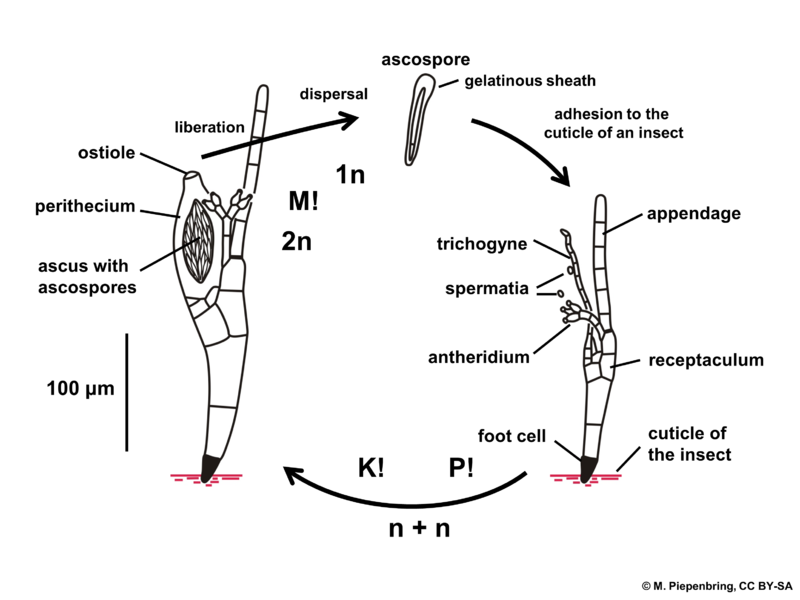
Most fungi get their nutrients through an elaborate root-like system of hyphae. The laboul, however, has reduced this down to a little "foot" that it plugs right into the insect's body, where it feeds on the insect's fluids at its leisure.
In this setting, insects have modified labouls into something useful to them--a combination of a portable computer and a backpack. Even the anthers work as modules that can be switched in and out for different functions.

Gilles San Martin CC BY-SA 2.0
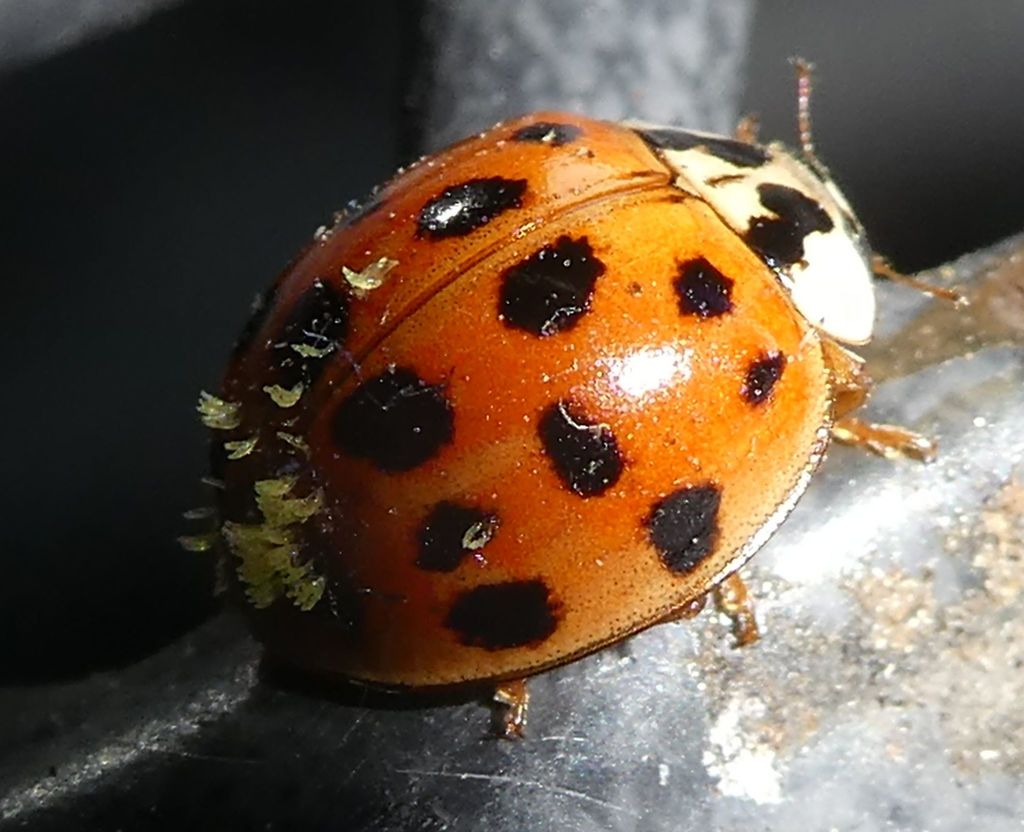
wormsy CC BY-SA 4.0
You can see that the modified laboul is proportionately much bigger than it would be, and is no longer allowed to infest the insect directly, but strapped on with the hyphae of a different domesticated fungus.
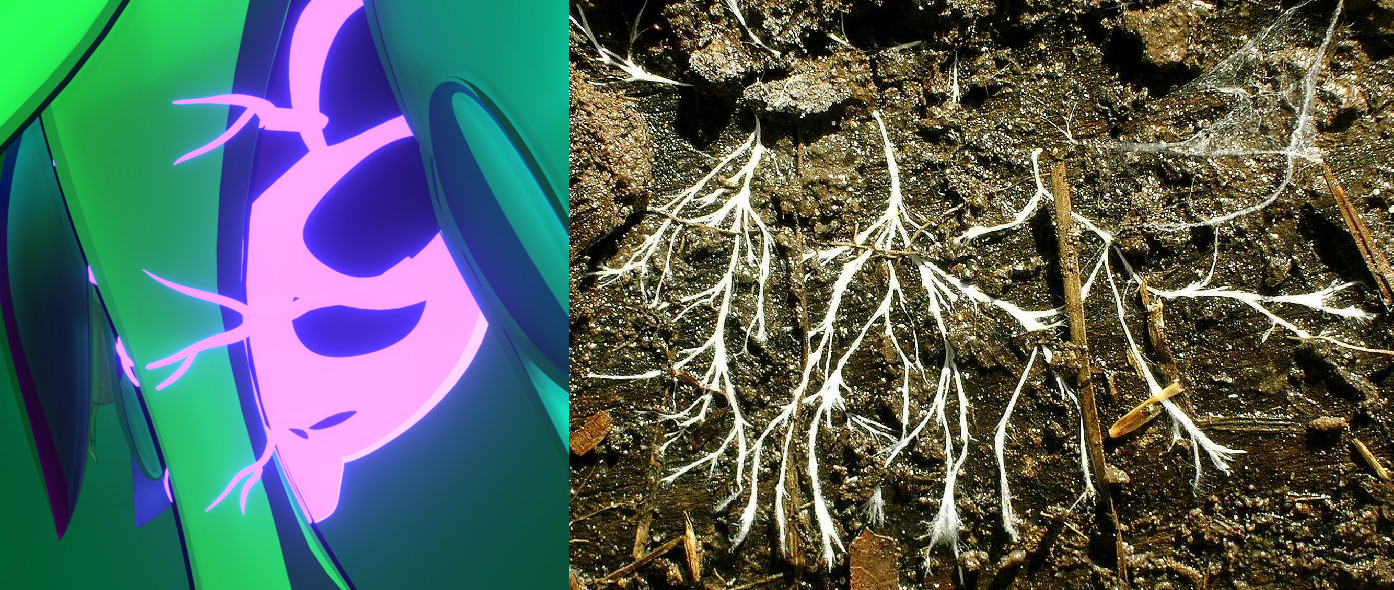
TheAlphaWolf CC BY-SA 3.0
Labouls are still a pretty niche tech--Sophodra's very favorite kind of tech. Additionally, she's made plenty of modifications to hers, such as lowering the anthers so she can still see behind her. (And probably some less practical things, too, because it's Sophodra.)
All in all, it's a very valuable tool for the work she does.
Some resources for reading more about labouls:
https://blogs.scientificamerican.com/artful-amoeba/these-bizarre-parasites-garden-their-insect-hosts/
https://www.alamy.com/stock-photo/laboulbeniaceae.html
https://commons.wikimedia.org/wiki/Category:Laboulbeniaceae
https://dailyparasite.blogspot.com/2017/04/arthrorhynchus-nycteribiae.html
https://en.wikipedia.org/wiki/Laboulbeniomycetes
Tricularia

Pictured: Tricularia in orbit over Angion.
Angion is an Earth-like planet, orbiting a single sun on a cycle only slightly longer than Earth’s. The surface is uninhabitable to most lifeforms, apart from radiotrophic fungi and bacteria.
Tricularia is the site of our story, a giant mutant bladderwort growing out of Angion. An actual bladderwort is a carnivorous plant, and the bladders trap and digest unfortunate little animals that bump into them, such as water fleas. Tricularia, however, works as a sort of massive organic space station.
Each bladder (each about the size of a small country) contains and tightly controls a unique ecosystem, from forests miles deep to jeweled glass deserts, and even more bizarre.
There are 86 bladders (not counting sub-bladder systems) spread out in orbit around the planet, with more bladders growing still. All minerals must be pumped up by Tricularia from the planet below. As a result, the only soil is humus, the place isn’t old enough for most rocks, and most abiotic substances are very rare.
Because of the small size of the bladders, there is no gravity (or at least, so little gravity as to be virtually nil) apart from the gravity-like effects of the Unknown Nature. If not for the bladder walls, all oxygen would escape into space! The bladders also circulate air, creating wind currents by “breathing.”
On the bladders live not only macrovolutes, but such lifeforms as forest octopuses, huge flying microbes, weasels with prehensile organs…and of course, human beings.
Formicosa
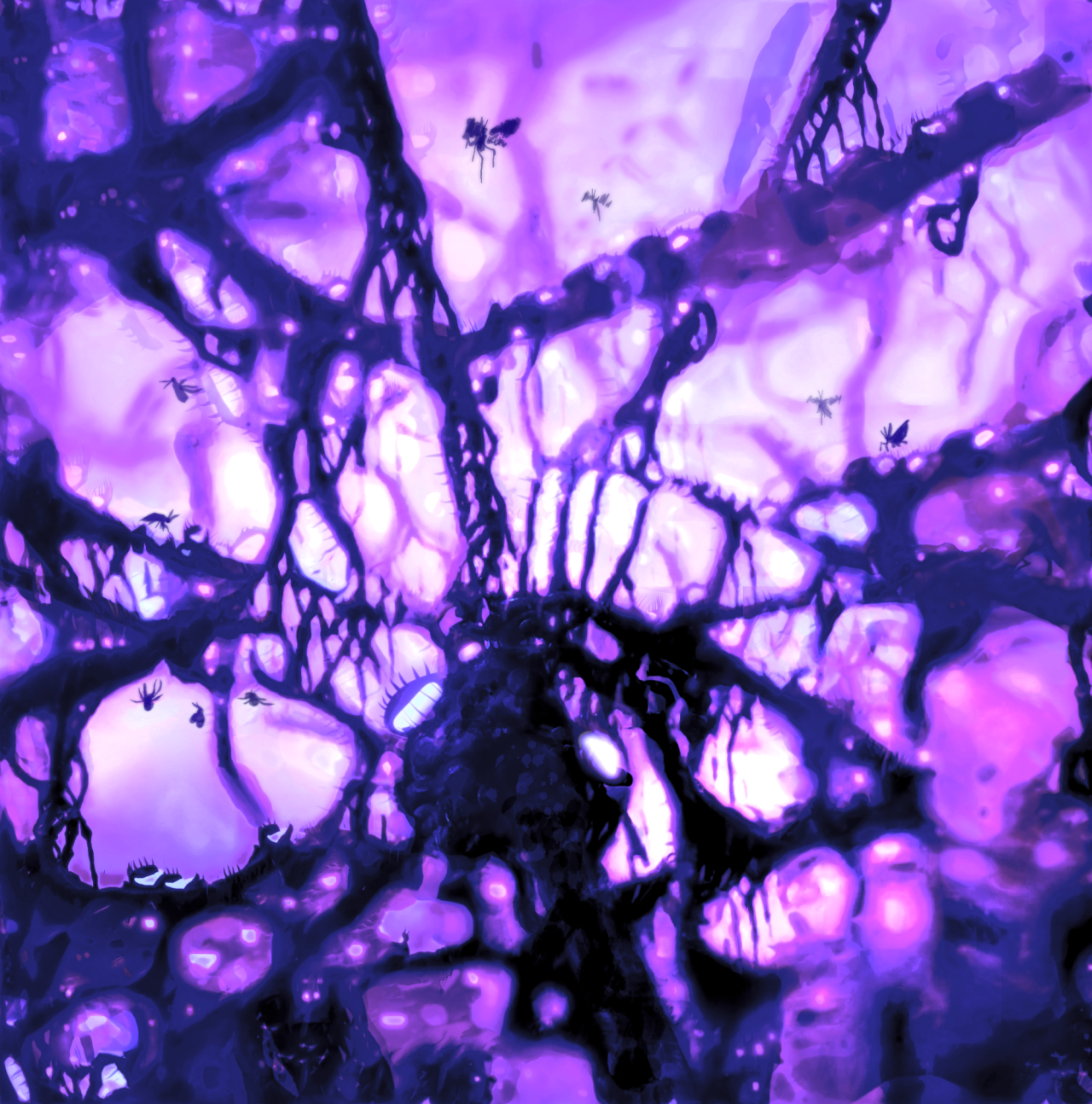
Pictured: Macrovolutes going about their day in Formicosa City.
In Tricularia is a bladder complex called “Formicosa.” The top bladder, Formicosa Apex, is the site of most of our story. In particular, its capitol: Formicosa City, the bustling hub of Tricularian commerce.
Formicosa City is the most populated city in Tricularia by far, with people from all over the bladders. Principally, these are members of Fly Swarm, Moth Swarm, Beetle Swarm, True Bug Swarm, and Spider Swarm, as well as their many sister and daughter swarms. However, insects from every major group can be found here. All Swarms bend knee to the ants, who tightly patrol the city.
Formicosa City itself is a complex of plant galls connected by a network of modified vines, with modified Venus flytraps used as doors, lights, and windows. Though made of plants, extreme UV lighting has baked out the green. Unable to see the red that’s left, the macrovolute perspective of the city is black and purple.
All this is suspended from the ceiling of the bladder, so that the city extends both horizontally and vertically for miles. Even on the plant galls themselves, residents are expected to navigate the sides and bottoms of plant gall islands as well as the tops. All this creates a place very foreboding to those who can’t fly or drop down from silk lines. As a result, the population of non-spider arachnids is very small.
To humans, the environment is uninhabitable without special suits, due to dangerous levels of UV lighting and flesh-eating fungi and bacteria. Only those known as “hivers” dare brave the depths of places like the “Red Hive” (as they call the city). In particular, one group of hivers known as the Vadinites.
This is where Rose comes to work for Sophodra.



